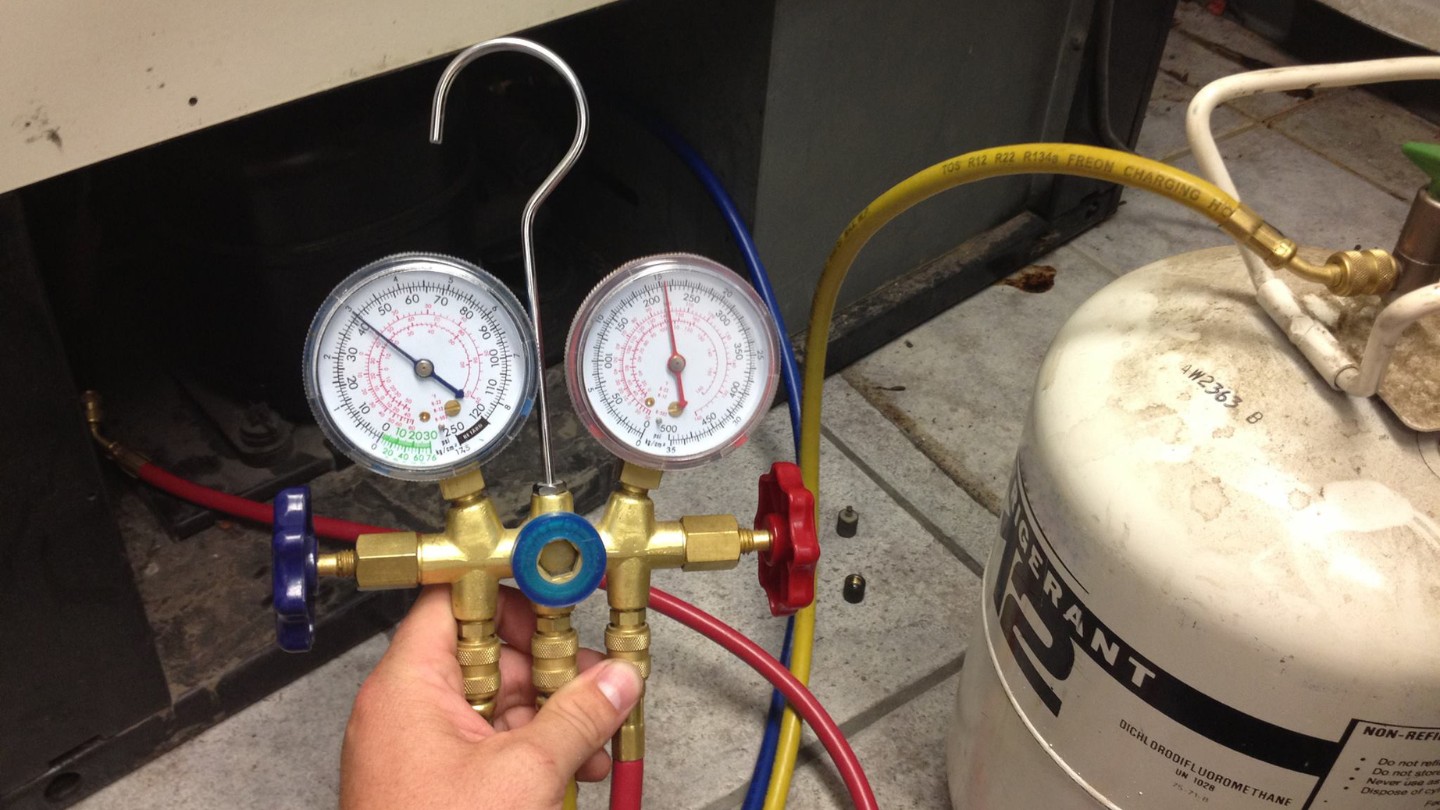

Articles
How To Put Freon In A Refrigerator
Modified: January 5, 2024
Learn how to put freon in a refrigerator with this informative article. Follow the step-by-step guide to ensure optimal cooling efficiency.
(Many of the links in this article redirect to a specific reviewed product. Your purchase of these products through affiliate links helps to generate commission for Storables.com, at no extra cost. Learn more)
Introduction
Welcome to our comprehensive guide on how to put Freon in a refrigerator. If you’ve noticed that your refrigerator is not cooling properly or if it’s constantly running, there’s a possibility that the refrigerant, commonly known as Freon, may need to be replenished. Freon is a colorless and odorless gas that is crucial for the proper functioning of a refrigerator, as it helps in regulating the temperature inside.
Understanding how to put Freon in a refrigerator can save you time and money by eliminating the need for a professional repair technician. However, it is important to note that not all refrigerators require manual Freon recharge, as many modern models are designed to be sealed and do not require regular maintenance. If you own an older refrigerator or have determined that the Freon levels are indeed low, then this article will guide you through the process step-by-step.
Before we dive into the steps of putting Freon in a refrigerator, it is important to have a basic understanding of what Freon is and how it works within your fridge. Let’s explore the concept of Freon in more detail.
Key Takeaways:
- Safely and effectively putting Freon in a refrigerator requires understanding signs of low levels, following safety measures, and using the correct type and amount of Freon to avoid common mistakes.
- Regular monitoring of refrigerator performance and proactive maintenance can prevent major issues, ensuring the appliance runs smoothly for years. If unsure, seek professional help for Freon recharge.
Read more: How To Put Freon In AC Unit
Understanding Freon
Freon is the commonly used term for a type of refrigerant, which is a chemical substance responsible for absorbing and releasing heat to regulate the temperature inside a refrigerator. It is a brand name originally trademarked by DuPont, but it has become a generic term for refrigerants in general.
Freon is a hydrochlorofluorocarbon (HCFC) refrigerant, specifically known as R-22. It has been widely used in older refrigeration systems and air conditioning units. However, due to its negative impact on the ozone layer, the production and importation of R-22 have been phased out in many countries.
Newer refrigerators and air conditioners now use hydrofluorocarbon (HFC) refrigerants, such as R-410A, which have a lower impact on the environment. These HFC refrigerants are not referred to as Freon, but the concept of refrigerant and its role in cooling appliances remain the same.
The role of Freon in a refrigerator is to circulate through the refrigeration system, absorbing heat from the interior of the fridge and releasing it to the exterior. This process allows the temperature inside the fridge to remain lower than the ambient temperature, keeping your food fresh and preventing spoilage.
It is important to note that handling Freon requires proper caution and adherence to safety guidelines. Freon is hazardous when inhaled or when it comes into contact with the skin or eyes. Therefore, it is crucial to follow the necessary precautions and safety measures when working with Freon.
Now that we have a better understanding of what Freon is and its role in refrigeration, let’s move on to the signs indicating low Freon levels in a refrigerator.
Signs of Low Freon Levels in a Refrigerator
If your refrigerator is not maintaining the desired temperature or if it’s running constantly, it could be an indication of low Freon levels. Here are some common signs to look out for:
- Insufficient Cooling: One of the most noticeable signs is when your refrigerator fails to cool your food properly. You may notice that the temperature inside the fridge is not as cold as it should be, and your perishable items may begin to spoil sooner than expected.
- Continuous Running: If your refrigerator seems to run constantly, it can be a sign of low Freon levels. The compressor works harder to compensate for the lack of refrigerant, leading to increased energy consumption and higher electricity bills.
- Frost Build-Up: Another sign to watch for is excessive frost or ice accumulation on the evaporator coils. When the Freon level drops, the coils can become excessively cold, causing moisture in the air to freeze and build up as ice. This can obstruct the airflow and further reduce the cooling efficiency of the refrigerator.
- Strange Noises: Low Freon levels can cause the refrigerator’s components, such as the compressor and fan, to work harder than usual. This may result in unusual noises, such as hissing or gurgling sounds, as the system struggles to maintain the desired temperature.
- Leaking Water: If you notice water pooling underneath your refrigerator, it could be a sign of low Freon levels. When the refrigerant is insufficient, the normal cooling process is disrupted, causing ice to melt faster than it should. This excess water collects and drips outside the fridge.
If you observe any of these signs, it is worth considering checking the Freon levels in your refrigerator. However, it’s important to note that these signs can also be associated with other issues, so it’s recommended to rule out any other potential problems before assuming it’s low Freon. If you’re unsure, it’s best to consult a professional technician for a proper diagnosis.
Precautions and Safety Measures
Working with Freon requires careful handling and adherence to safety measures to prevent any accidents or health risks. Here are some precautions to keep in mind:
- Ensure Proper Ventilation: It is essential to work in a well-ventilated area when handling Freon. Open windows or doors to allow fresh air circulation, as Freon can displace oxygen and potentially lead to asphyxiation in confined spaces.
- Use Protective Equipment: Always wear appropriate protective equipment, including gloves, safety goggles, and a mask, to prevent direct contact with Freon. This will help protect your skin, eyes, and respiratory system from potential hazards.
- Turn off the Refrigerator: Before attempting to put Freon in a refrigerator, make sure to turn off the power and unplug the appliance. This will prevent any electrical accidents or damage during the process.
- Be Mindful of Sharp Objects: When working around the refrigerator, be cautious of any sharp edges or protruding parts that can cause injury. Take necessary steps to protect yourself, such as wearing sturdy footwear and being mindful of your surroundings.
- Follow Manufacturer’s Guidelines: Every refrigerator model may have specific instructions or recommendations regarding the handling of Freon. Consult the user manual or seek guidance from the manufacturer to ensure you are following the appropriate procedures.
- Dispose of Freon Properly: Freon is a hazardous substance and should never be released into the environment. Improper disposal can lead to pollution and harm to the ozone layer. Contact your local waste management facility to inquire about the proper disposal methods for Freon or consult a professional technician for assistance.
By following these precautions and safety measures, you can minimize the risks associated with handling Freon and ensure a safe working environment.
When adding freon to a refrigerator, make sure to follow the manufacturer’s guidelines and use the appropriate type and amount of freon. It’s best to have a professional technician handle this task to ensure it’s done safely and correctly.
Step-by-Step Guide to Putting Freon in a Refrigerator
If you’ve determined that your refrigerator requires a Freon recharge, you can follow these step-by-step instructions to put Freon in your refrigerator:
- Gather Materials: Before you begin, collect the necessary materials, including the appropriate type and amount of Freon, a manifold gauge set, a refrigerant recovery machine, and safety equipment like gloves and goggles.
- Turn off Power: Ensure that both the refrigerator and its power supply are turned off and unplugged before proceeding. This will prevent any electrical mishaps and ensure your safety.
- Locate Access Valve: Identify the access valve on the refrigeration system. This valve is typically located near the compressor or in the suction line. Consult the refrigerator’s user manual or reach out to the manufacturer for guidance on locating the valve.
- Connect Manifold Gauge Set: Attach the manifold gauge set to the access valve by connecting the hoses from the set to the high-pressure and low-pressure ports on the valve. Follow the instructions provided with the gauge set for proper attachment.
- Check Pressure: With the gauge set connected, turn on the power and run the refrigerator for a few minutes. Then, observe the pressure readings on the gauge set. Compare the readings to the manufacturer’s specifications to determine if the Freon level is low or within the desired range.
- Recover Excess Refrigerant (Optional): If the pressure readings indicate excess refrigerant, you may need to recover some of the existing Freon using a refrigerant recovery machine. This step ensures proper Freon levels in the system.
- Add Freon: If the pressure readings indicate a low Freon level, it’s time to add the appropriate amount of Freon. Follow the instructions provided with the Freon canister and use the manifold gauge set to slowly introduce the refrigerant into the system. Be sure to monitor the pressure readings as you add the Freon to maintain the proper levels.
- Monitor and Test: After you’ve added the Freon, continue running the refrigerator and monitor its cooling performance. Check the temperature inside the fridge periodically to ensure it is maintaining the desired level. If necessary, make any adjustments to the Freon levels based on the gauge readings.
- Secure Access Valve: Once you’re satisfied with the Freon levels and the refrigerator’s performance, disconnect the manifold gauge set from the access valve. Ensure the valve is securely tightened and sealed to prevent any leaks.
- Dispose of Used Materials: Properly dispose of any used materials, such as empty Freon canisters or used gloves, following local regulations and guidelines. Be mindful of the environmental impact and handle these materials responsibly.
It’s important to note that working with Freon and recharging a refrigerator should be done by individuals with knowledge and experience in handling refrigerants. If you are unsure or uncomfortable with the process, it is recommended to seek the assistance of a qualified technician to put Freon in your refrigerator safely and effectively.
Read more: How To Remove Freon From A Refrigerator
Common Mistakes to Avoid
When putting Freon in a refrigerator, it’s important to be aware of common mistakes that can hinder the process or cause further damage to your appliance. Here are some mistakes to avoid:
- Not Identifying the Real Issue: Low cooling or running issues in a refrigerator can be caused by various factors. Failing to accurately diagnose the problem as low Freon levels can lead to unnecessary and ineffective attempts at recharging the appliance.
- Using the Wrong Type of Freon: Each refrigerator model has specific requirements regarding the type of refrigerant it can use. Using the wrong type of Freon can cause damage to the system and potentially void the warranty. Always check the manufacturer’s recommendations and use the appropriate type of Freon.
- Overcharging or Undercharging: Adding too much or too little Freon can have adverse effects on the refrigerator’s performance. It’s essential to follow the manufacturer’s specifications and monitor the pressure readings closely while adding Freon to ensure the correct levels are maintained.
- Ignoring Safety Precautions: Working with Freon requires the use of safety equipment and proper ventilation. Neglecting these precautions can lead to health hazards. Always wear gloves, goggles, and a mask, and ensure that you are working in a well-ventilated area.
- Leaving Access Valve Unsecured: After adding Freon, it’s crucial to properly tighten and seal the access valve to prevent any refrigerant leaks. Failing to secure the valve can result in the gradual loss of Freon and a compromised cooling system.
- Disposing of Freon Improperly: Freon is a hazardous substance that should never be released into the environment. Improper disposal can lead to pollution and harm to the ozone layer. Ensure that any used Freon canisters or excess refrigerant are disposed of according to local regulations and guidelines.
- Not Seeking Professional Help: Recharging a refrigerator with Freon may require technical knowledge and experience. If you are unsure or uncomfortable with the process, it is best to consult a professional technician who can safely and effectively put Freon in your refrigerator.
By avoiding these common mistakes, you can ensure a smooth and successful process of putting Freon in your refrigerator, minimizing any potential risks and maximizing the efficiency of your appliance.
Conclusion
In conclusion, understanding how to put Freon in a refrigerator can be a valuable skill, especially if you have an older model that requires manual Freon recharge. By recognizing the signs of low Freon levels and following the appropriate procedures, you can restore your refrigerator’s cooling performance and extend its lifespan.
It is crucial to prioritize safety when working with Freon. Be sure to follow the necessary precautions, such as wearing protective equipment and working in a well-ventilated area. Additionally, it’s important to dispose of any used materials responsibly, in accordance with local regulations, to minimize environmental impact.
While the step-by-step guide provided in this article offers a general overview of how to put Freon in a refrigerator, it’s important to keep in mind that every appliance may have specific requirements and recommendations. Always consult the user manual or contact the manufacturer for model-specific instructions.
If you are unsure or uncomfortable with the process, it is recommended to seek the assistance of a professional technician who can safely and efficiently put Freon in your refrigerator. They have the knowledge and experience to handle refrigerants and ensure the proper functioning of your appliance.
Remember to regularly monitor your refrigerator’s performance and be proactive in addressing any issues. Proper maintenance and timely actions can help prevent major problems and keep your refrigerator running smoothly for years to come.
We hope that this comprehensive guide has provided you with the necessary information and guidance on putting Freon in a refrigerator. By understanding the basics of Freon, recognizing signs of low Freon levels, and following the appropriate precautions and steps, you’ll be equipped to tackle this task confidently.
Frequently Asked Questions about How To Put Freon In A Refrigerator
Was this page helpful?
At Storables.com, we guarantee accurate and reliable information. Our content, validated by Expert Board Contributors, is crafted following stringent Editorial Policies. We're committed to providing you with well-researched, expert-backed insights for all your informational needs.
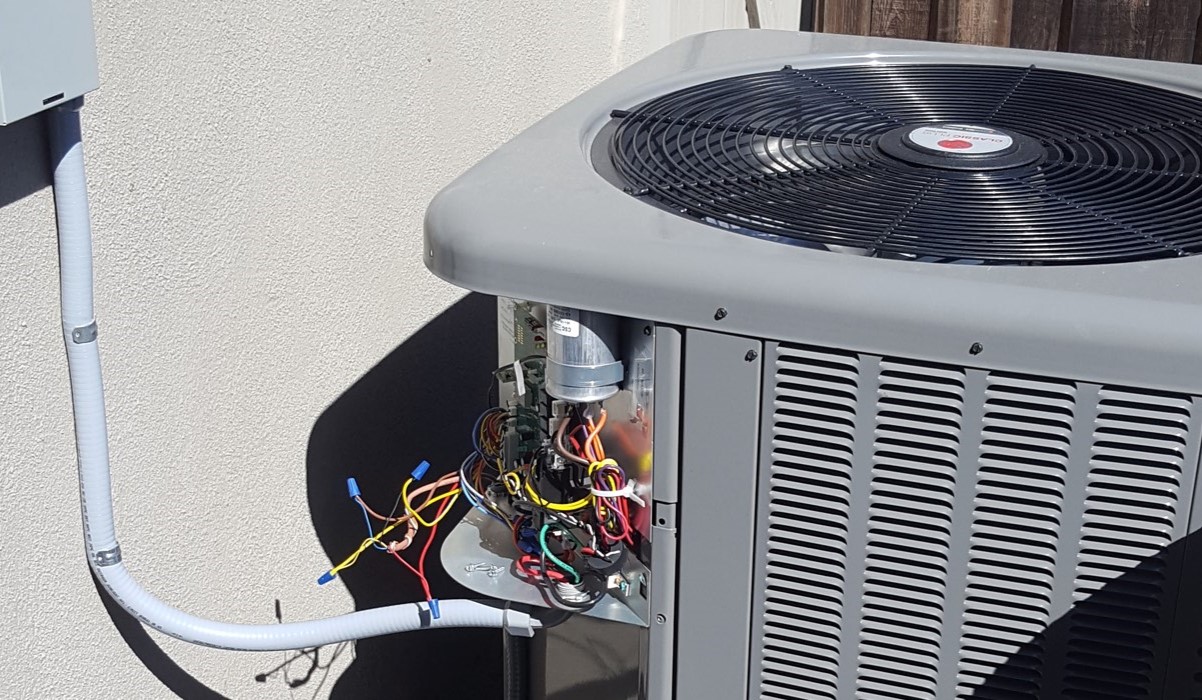
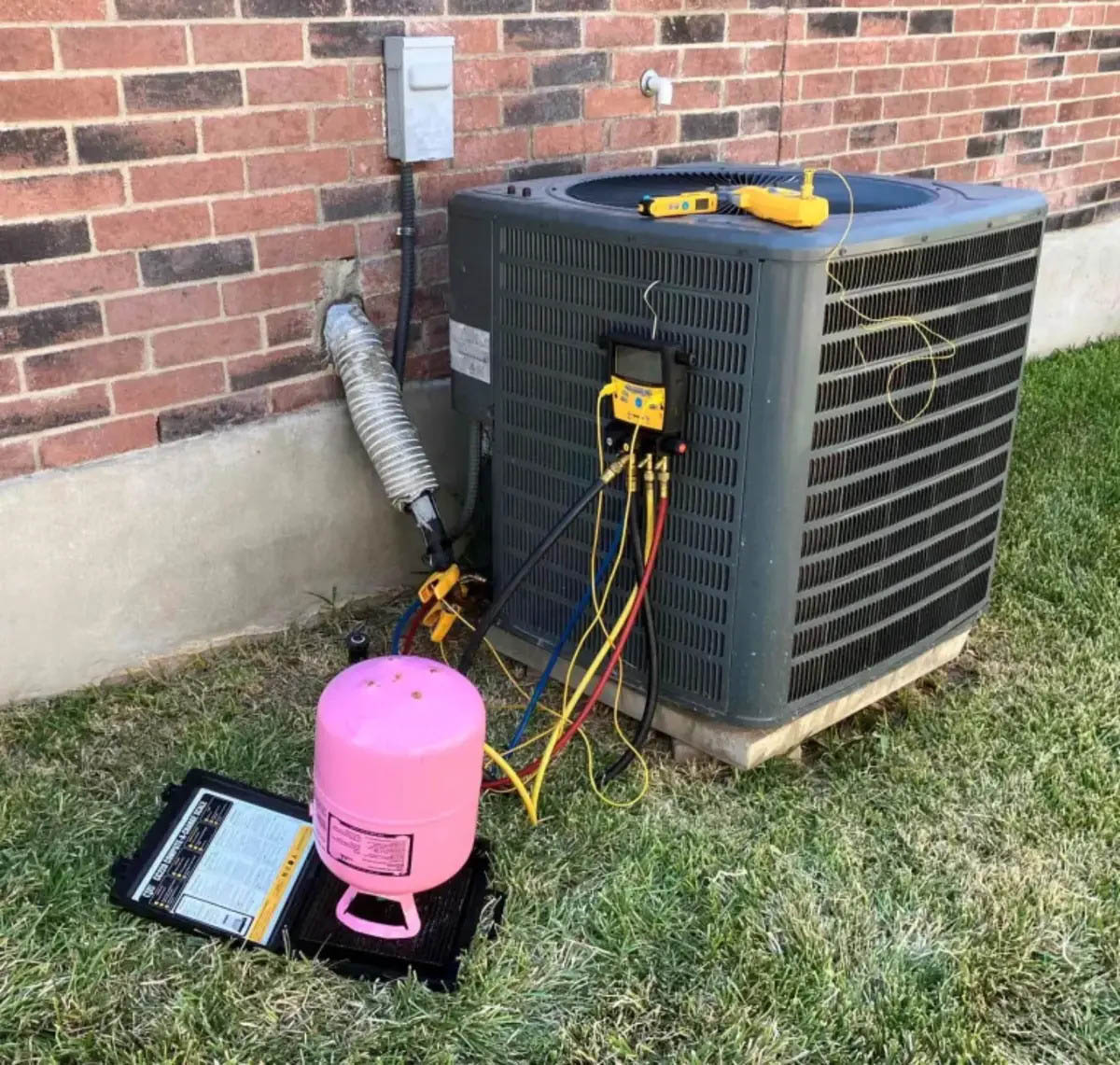
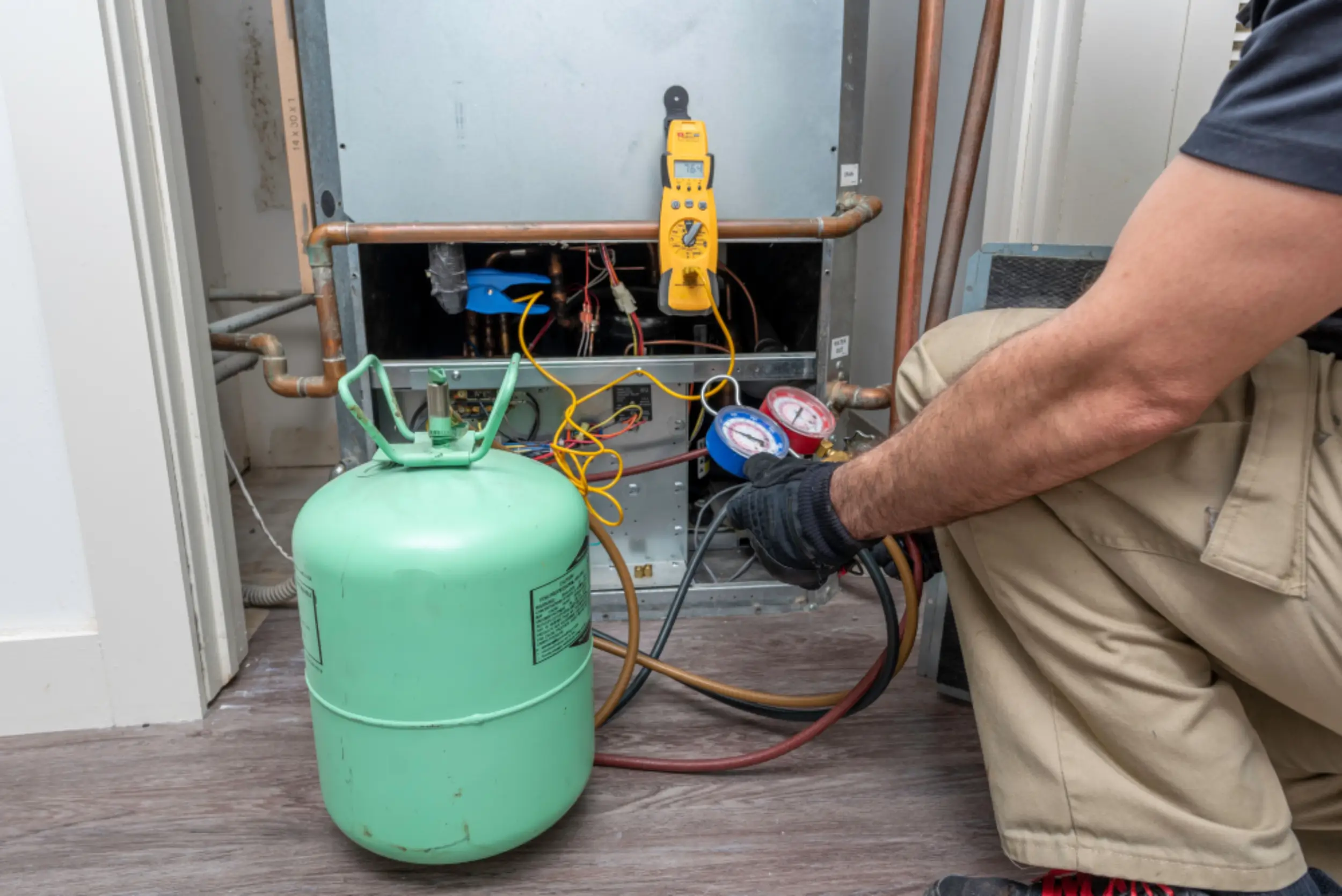
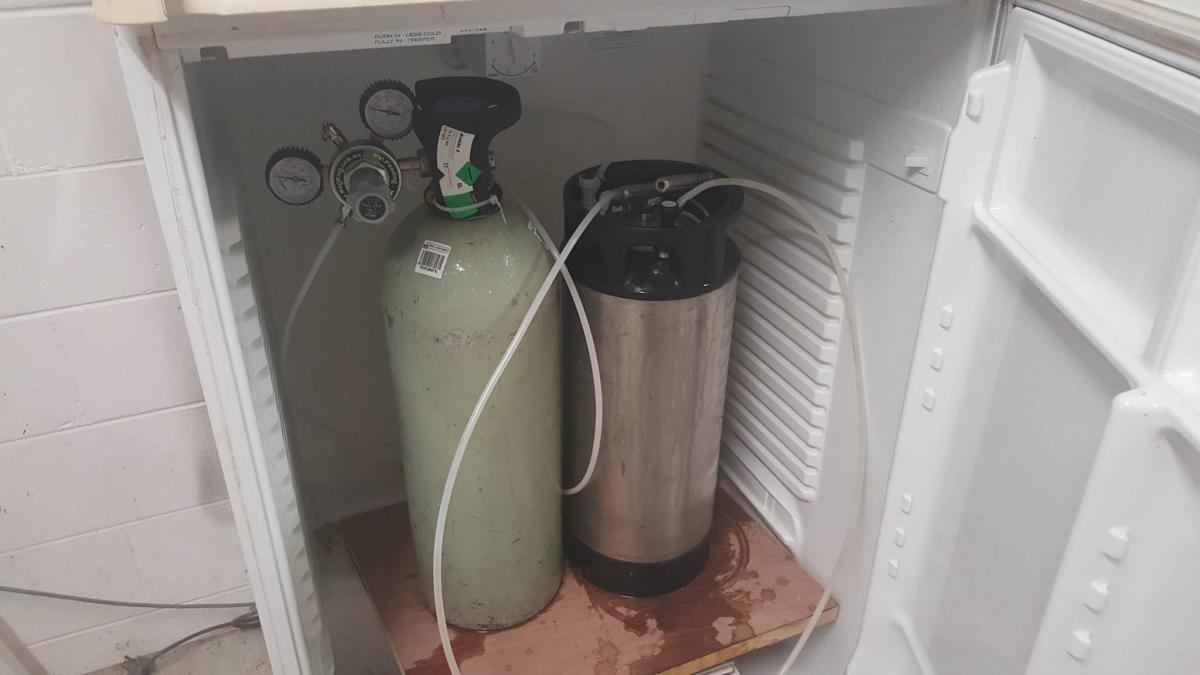
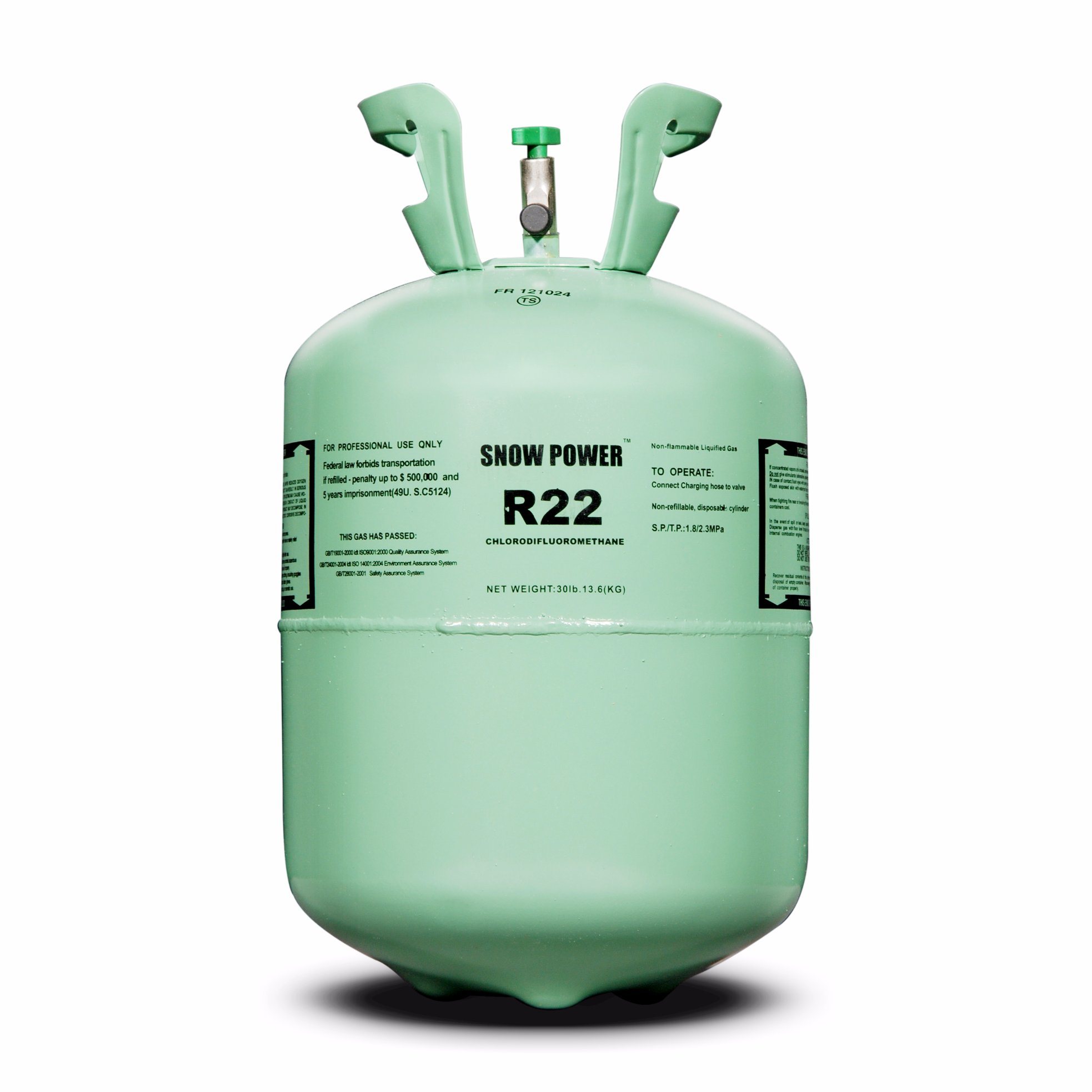
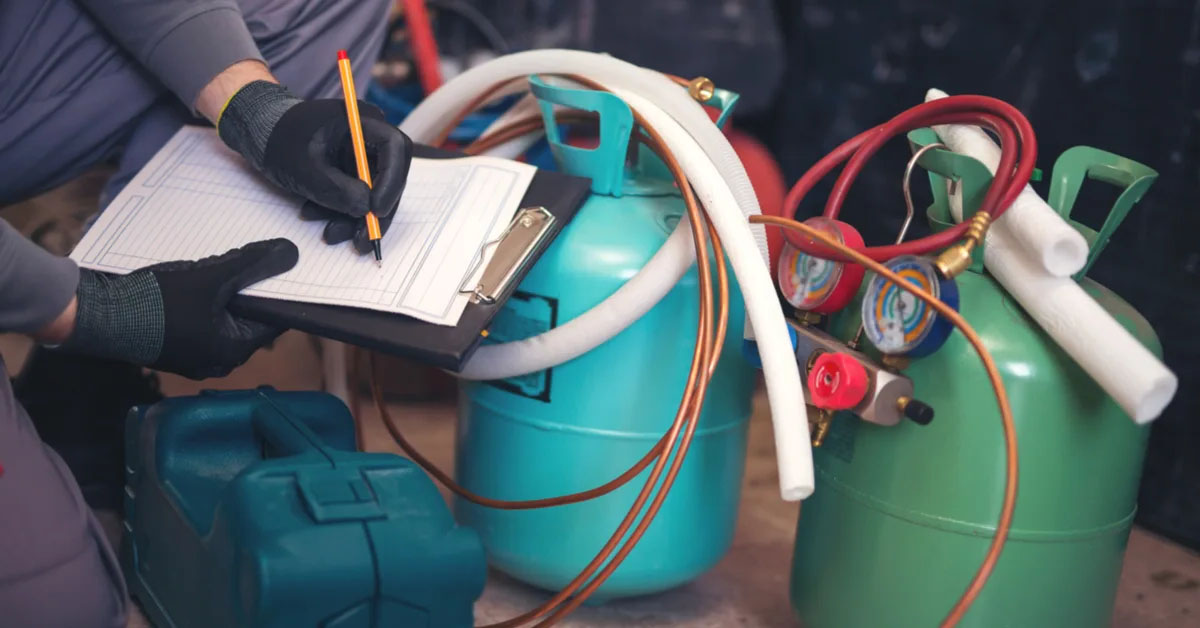
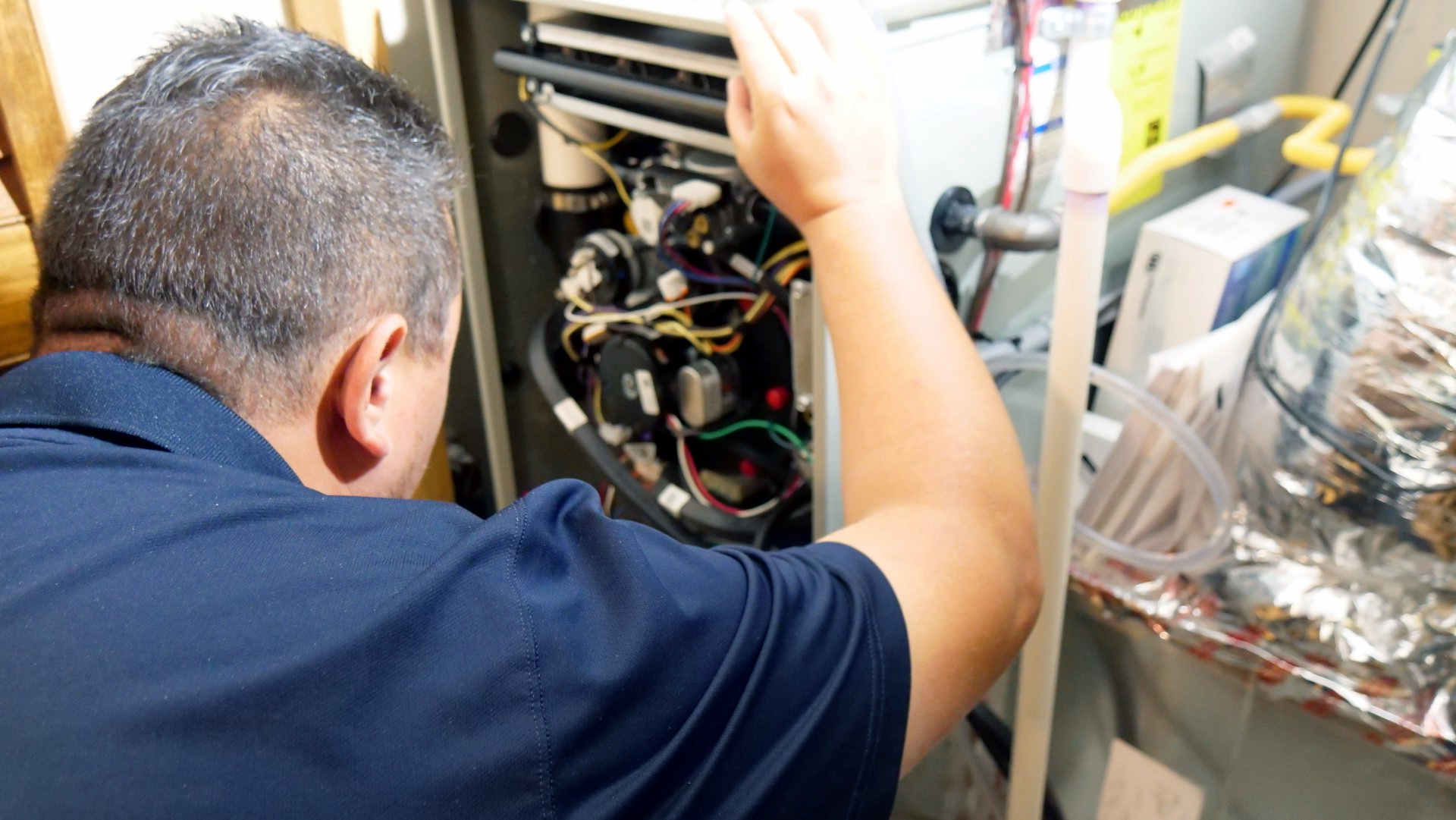
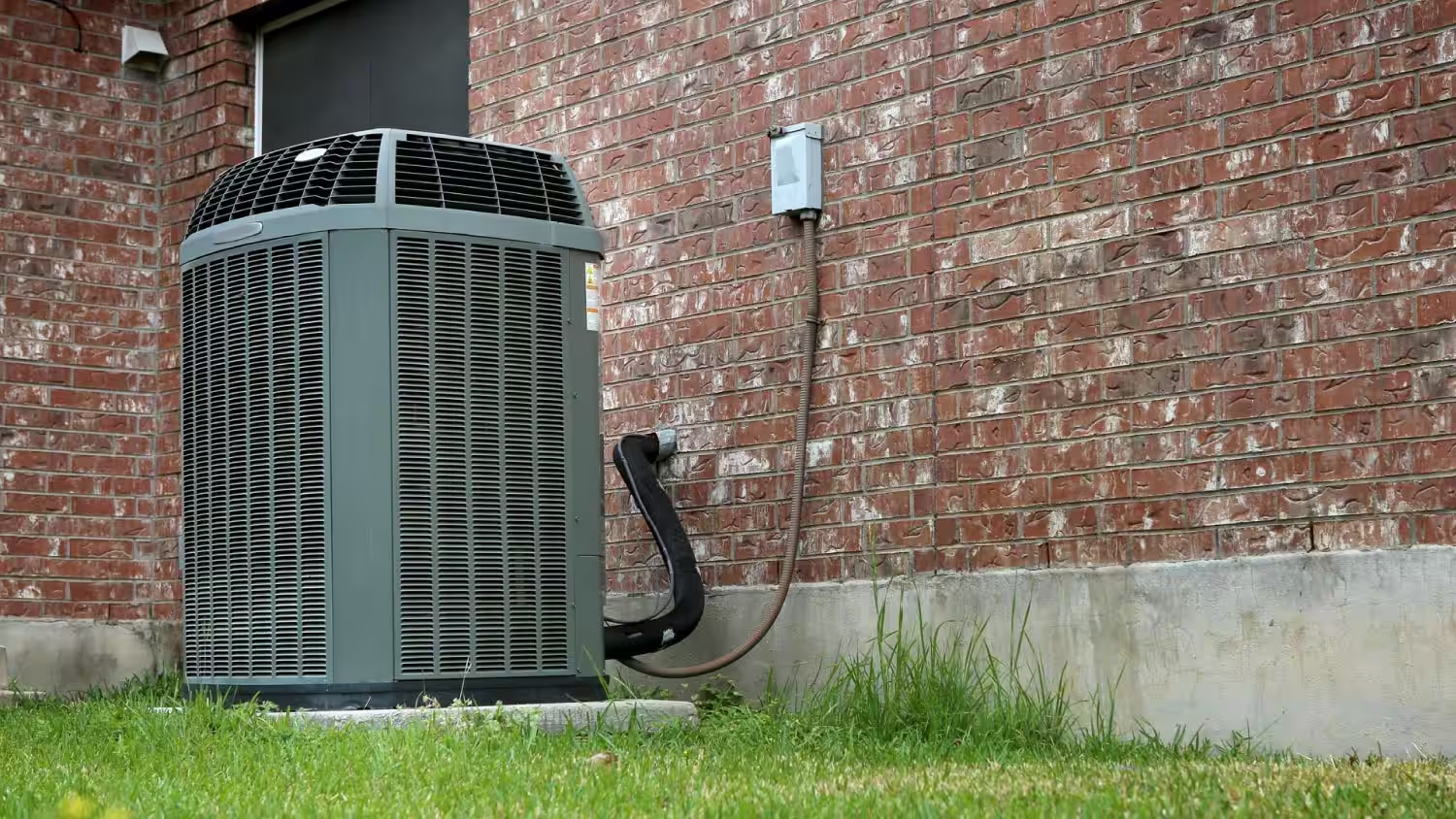
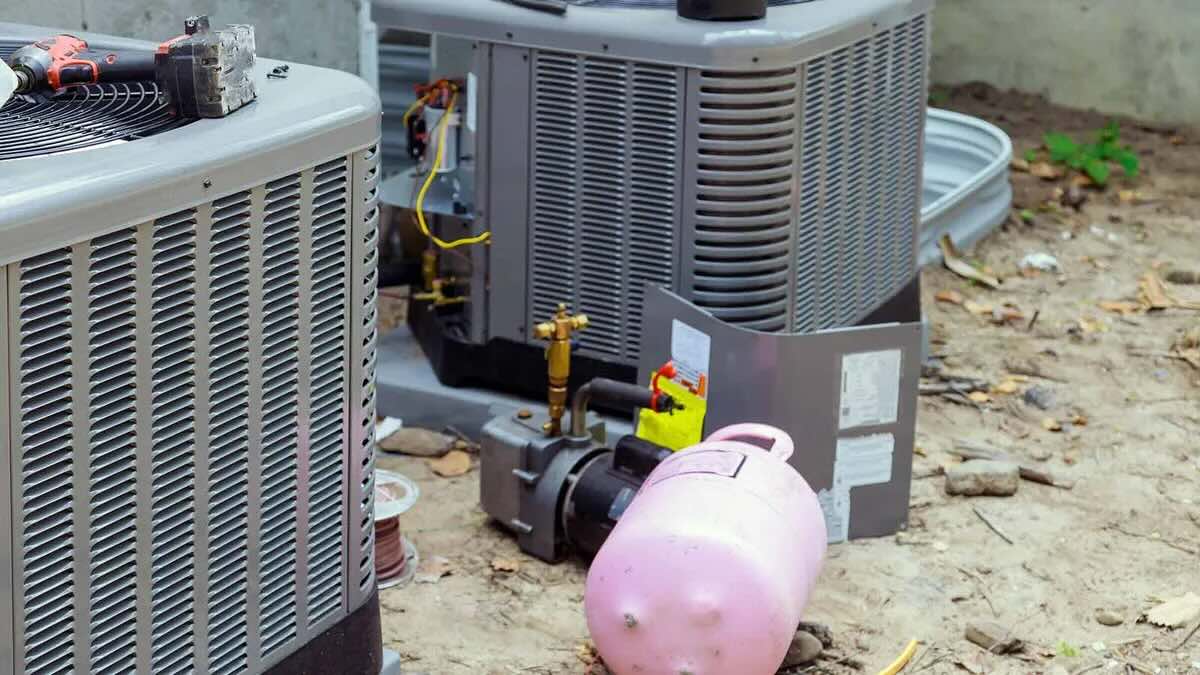
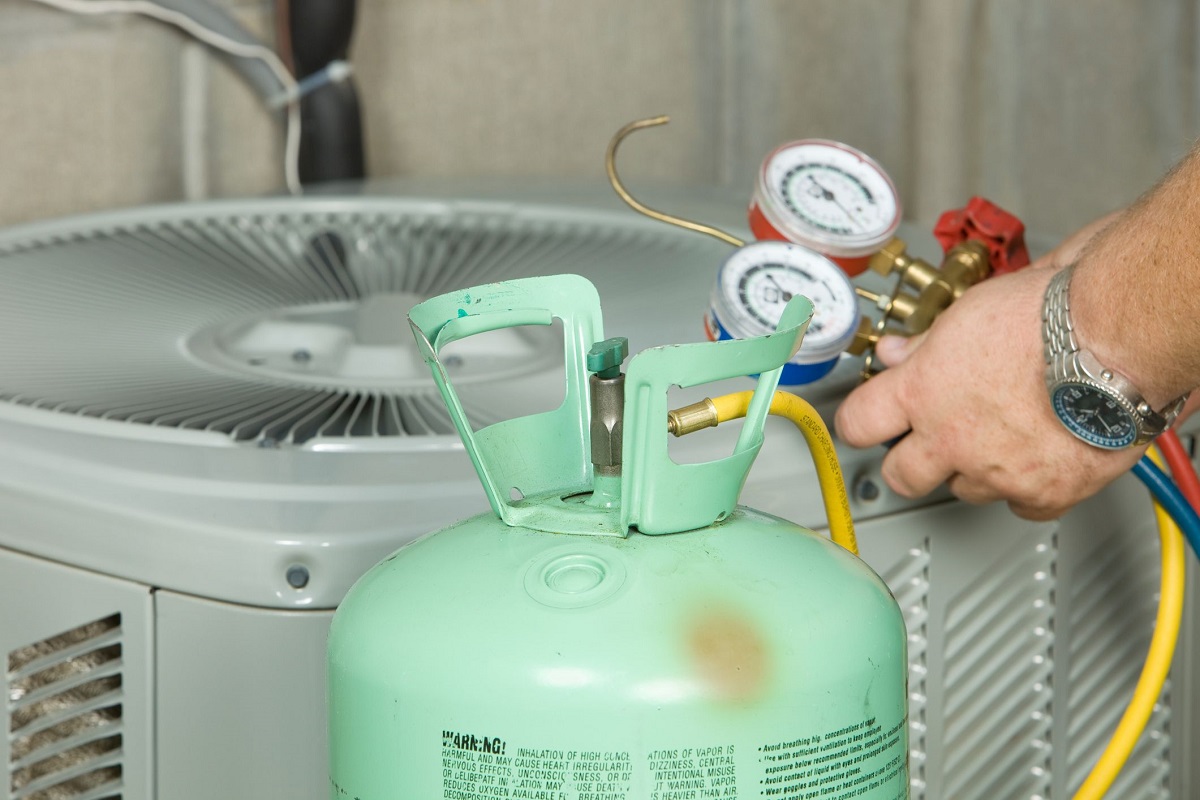
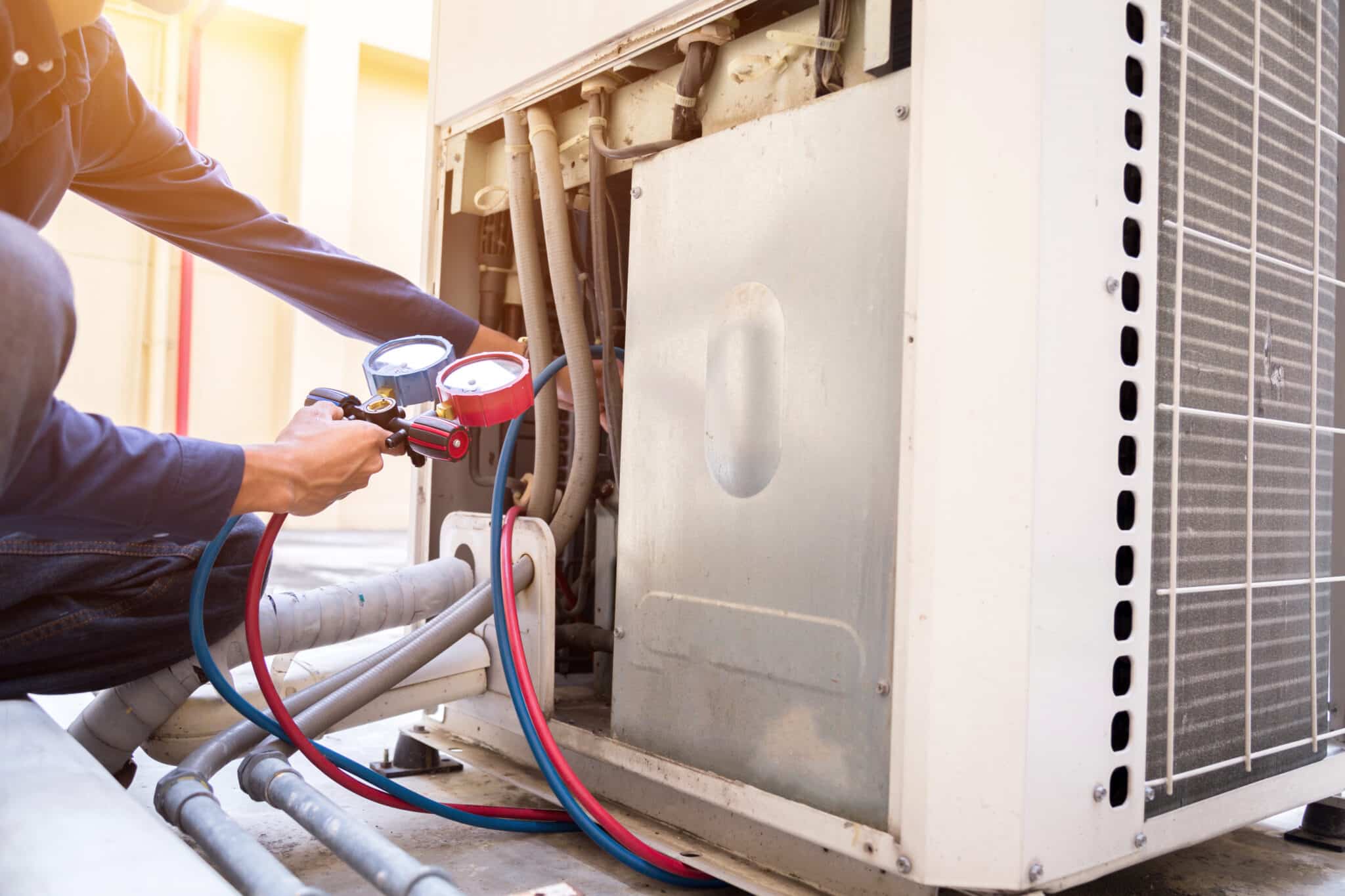
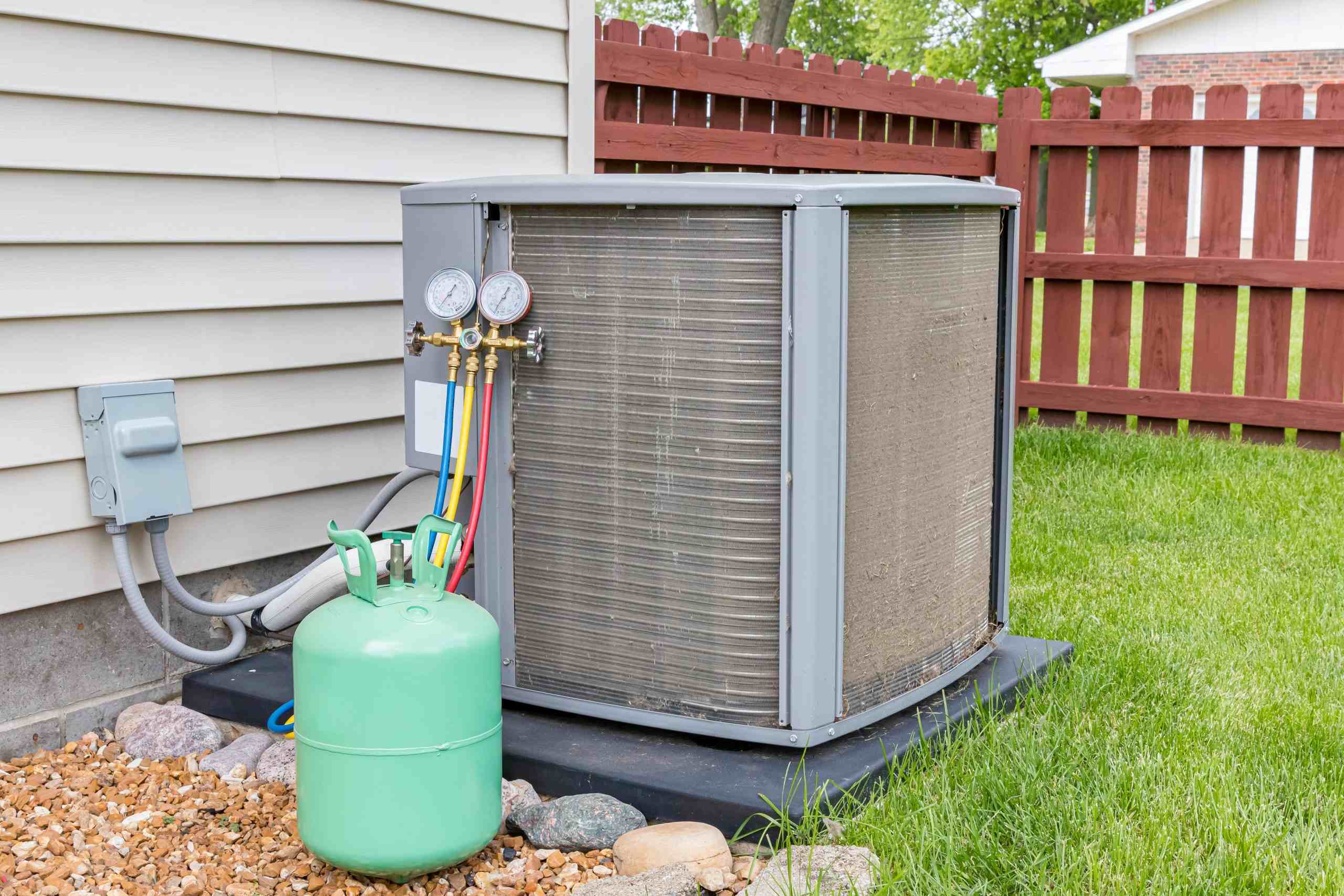
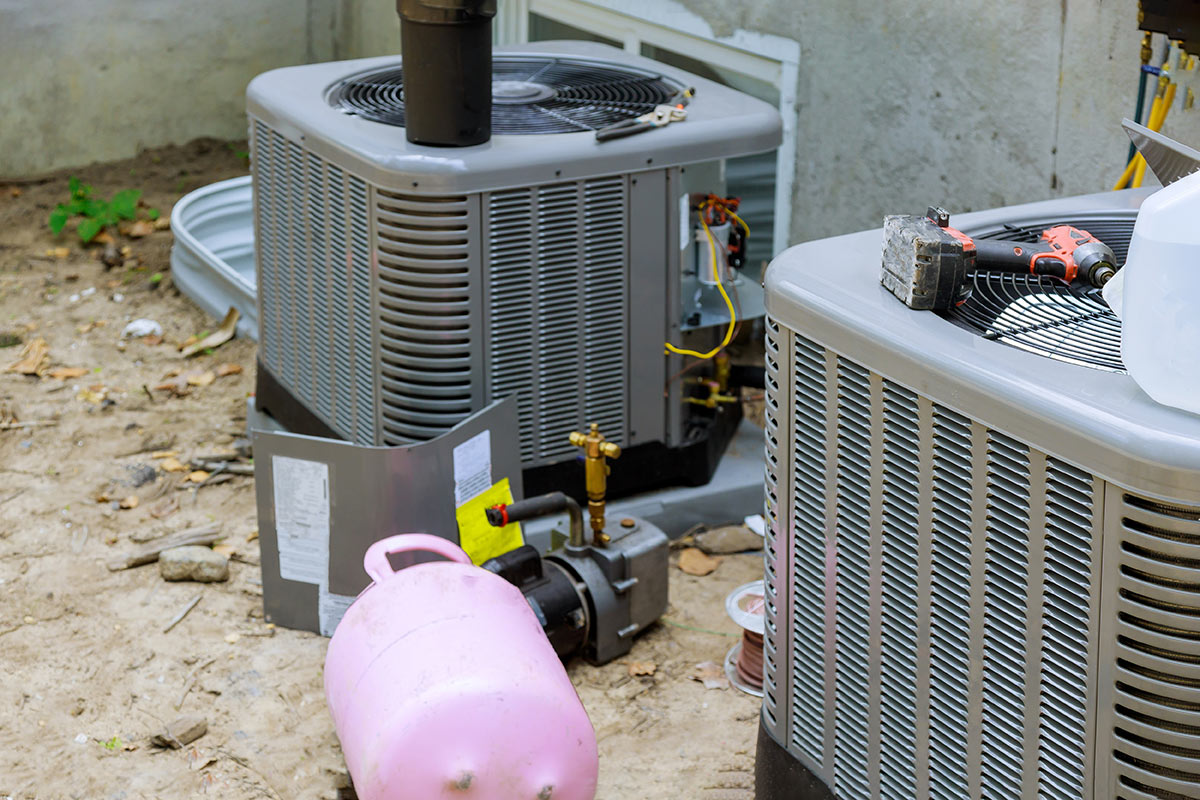
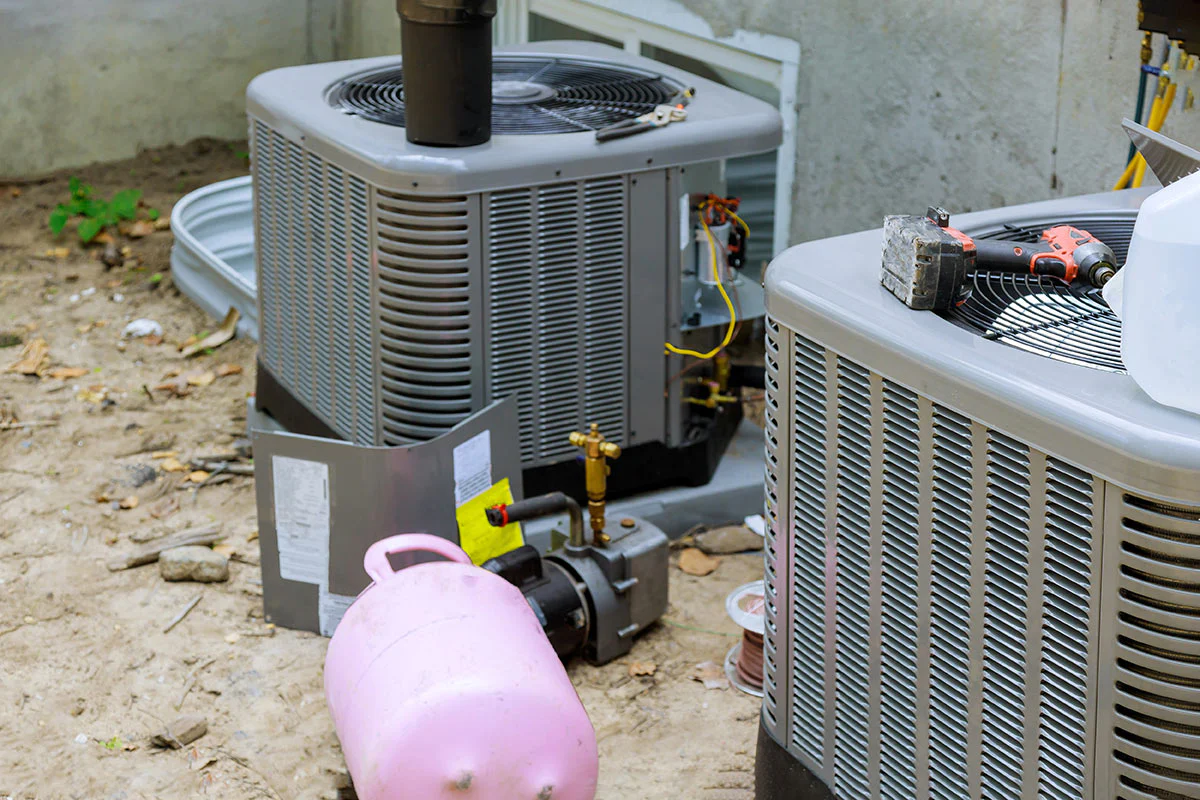

Thank You !mc